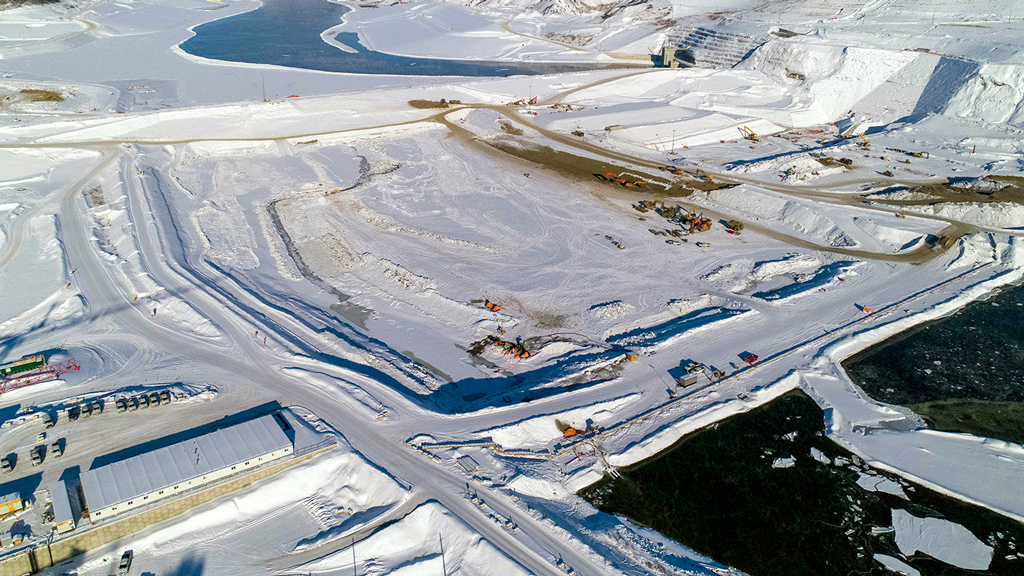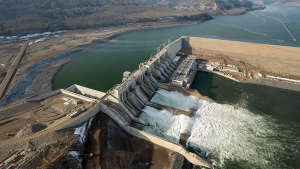While the Province of B.C. remains determined to see the Site C Dam project through to completion, crews now have the added task of resolving deep geological issues that have been raising concerns as far back as the 1970s.
Documents now released by the province chart the project’s early efforts to identify geological problems and the plan that international experts believe will resolve them safely.
A longstanding concern
According to an independent report by John France and Kaare Hoeg, two globally recognized geology experts, the earliest investigations of the dam’s location go back to the 1970s. It was discovered that the site’s shale bedrock contained bedding planes, which are the areas that separate two layers of rock. Investigators determined that deep bedding planes had the potential to cause displacements under the right bank powerhouse and spillway structures.
Fort St. John, we have a problem
Before work started on the dam in 2015, the project team was wary of the possibility for instability in the bedrock foundation under the right bank of the Peace River. They did geological mapping and installed instruments to track what was happening beneath the ground during construction.
While crews were building the spillway buttress in 2018, millimetre-sized movements were detected on the bedding plane deeper than slide resistance measures, also known as a shear key, that the design had called for. The displacements, other instrument data, and the results of geological mapping led to a reassessment of the expected strength of the bedrock at this depth.
By January 2020, project officials concluded that stronger foundation enhancements would be needed to continue work.
A harder fix
Relatively easier fixes like drainage and grouting changes to reduce water pressure acting on the structures would not be possible because of the bedding plane’s weakness.
More significant changes would be needed.
For tackling the deeper issues, two solutions surfaced as front runners: large diameter concrete-filled steel pipe piles and concrete shear walls.
After consulting outside experts, BC Hydro landed on a two-part solution involving piles.
First crews would extend the foundation deeper into the rock to reduce the water pressures that can build up in the bedrock foundation. This will be accomplished by anchoring the buttresses deeper into the rock below. Vertical steel and concrete piles will extend the function of the shear key by drilling through the deeper bedding plane into the stronger rock below it. Up to 125 piles, each up to 2.5 metres in diameter, will be required.
The second part of the solution is to increase water tightness and drainage behind the buttresses.
The approach channel directs water around the earthfill dam and into the generating station when the reservoir is filled.
The Verdict
France and Hoeg concluded “the proposed approach is sound and capable of making the right bank structures both safe and serviceable,” provided several details are addressed in the analysis and design.
The province stated these details are currently being addressed by BC Hydro as the plan is being worked out. The experts added they are “not aware of any other structural foundation enhancement alternatives that could have been considered.”
According to the report, work on the plan could start as early as summer 2021 and is expected to be complete by the end of 2023, along with other project activities.
In a news conference Premier John Horgan stated that the geotechnical problems was one of several things that contributed to the raised project price tag of $16 billion and later delivery date of 2025.
Follow the author on Twitter @RussellHixson.











Recent Comments
comments for this post are closed